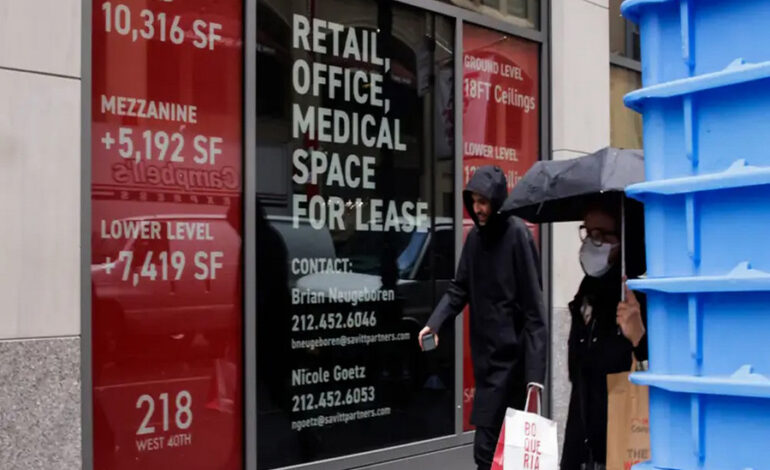Distress Soars in Commercial Real Estate Debt Market

Distress levels in a crucial segment of the commercial real estate debt market have surged dramatically over the past year, signaling potential challenges ahead for investors and property owners alike.
Unprecedented Rise in Distress
Loans bundled into collateralized loan obligations (CLOs) and marketed to investors as bonds have witnessed a staggering increase in distress rates. In January, the distress rate for such loans stood at 8.6%, a significant surge from just 1.4% at the beginning of 2023. This surge reflects a notable uptick in troubled loans within the commercial mortgage market.
Magnitude of the Distress
According to a report by data and analytics firm CRED iQ, the total outstanding loans packaged into CLOs amount to approximately $80 billion. The dollar amount of distressed loans has skyrocketed from $1.3 billion in February 2023 to $6.8 billion in the latest figures, marking a remarkable 440% increase within a year.
Understanding Distress
CRED iQ defines distress as loans that are 30 days or more overdue on payments. The loans typically originate from commercial properties requiring renovation or additional investment. They are often short-term, floating-rate mortgages, with many borrowers intending to refinance with more favorable fixed-rate debt.
Vulnerabilities in CLO Issuers
The surge in distress poses significant risks for major CLO issuers, as defaults by borrowers could lead to losses. A substantial portion of these loans were originated in 2021, before interest rates began to rise. With the Federal Reserve postponing rate hikes, property owners now face the prospect of refinancing at higher interest rates and potentially diminished property valuations.
Sector-Specific Challenges
Among loans packaged into CRE CLOs, multifamily and office building borrowers have been disproportionately affected by distress. The office sector, in particular, is grappling with persistent remote work trends, exacerbating concerns about future demand and property valuations.
Impending Debt Surge
Adding to the complexities, the commercial real estate market faces a looming surge in debt, estimated at nearly $1.5 trillion in the coming years. This escalation underscores the need for careful risk management and strategic planning among investors and stakeholders in the commercial real estate sector.
In conclusion, the sharp rise in distress within the commercial real estate debt market signals a challenging landscape ahead, requiring proactive measures and prudent decision-making to navigate potential risks and uncertainties.









